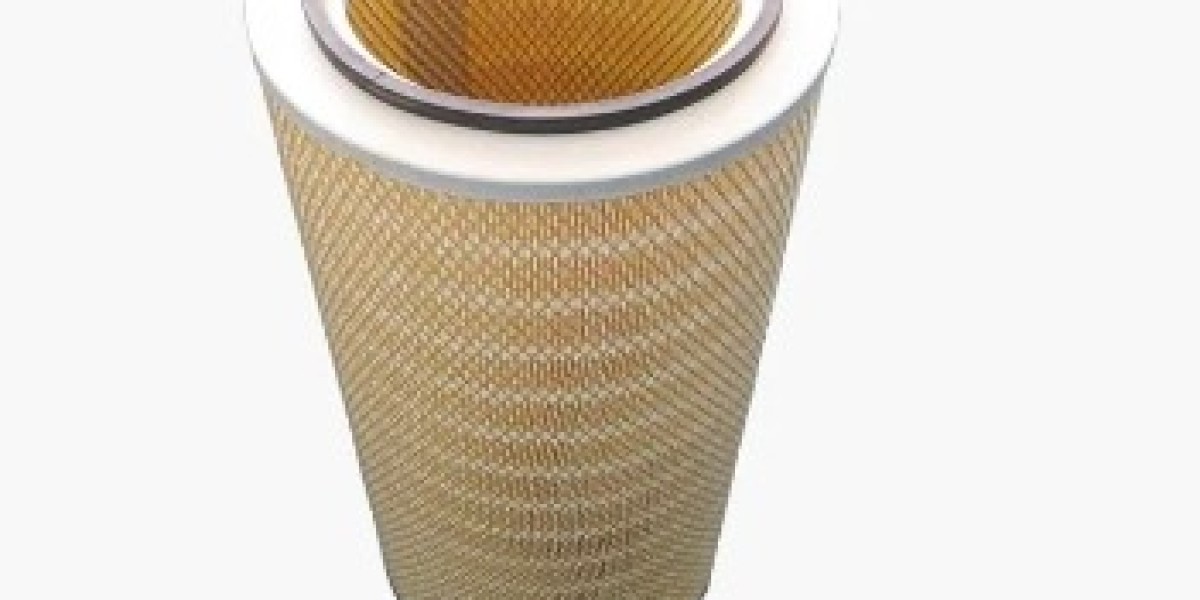Back pain is a common issue for people who spend long hours sitting at a desk. Choosing the right office chair can make a significant difference in alleviating back pain and promoting better posture. Here’s a comprehensive guide to help you choose the right office chair for back pain relief.
1. Look for Proper Lumbar Support
One of the most important factors for back pain relief is lumbar support. The lumbar spine has a natural curve, and sitting for long periods can cause that curve to flatten, leading to lower back pain.
- Key Features: Opt for a chair with adjustable lumbar support that conforms to your back’s natural curve. Chairs with dynamic lumbar support, which moves with your body as you shift positions, can be especially effective.
- Why It Matters: Supporting the lower back helps maintain the natural S-curve of the spine, preventing slouching and reducing strain on the lumbar region.
2. Ensure Adjustable Seat Height
The right seat height allows you to sit with your feet flat on the ground, knees at a 90-degree angle, and thighs parallel to the floor. This is essential for maintaining a neutral posture, which reduces pressure on the lower back.
- Key Features: Look for chairs with a pneumatic height adjustment feature, which allows you to easily change the seat height for optimal leg positioning.
- Why It Matters: A properly adjusted seat height ensures your lower back isn’t straining to keep you upright, reducing the risk of back pain over time.
3. Choose a Chair with Recline Functionality
Sitting upright for long periods can put pressure on the spine. A chair with a recline feature allows you to lean back slightly, shifting your weight and relieving pressure on your lower back.
- Key Features: Opt for a chair with a recline or tilt mechanism that lets you adjust the backrest angle between 90 and 120 degrees.
- Why It Matters: Reclining reduces pressure on the discs in your spine and encourages dynamic sitting, which helps reduce muscle fatigue and pain.
4. Opt for a Chair with Adjustable Seat Depth
Seat depth is crucial for supporting your lower back while keeping your legs comfortable. If the seat is too deep, it can cause you to slouch, leading to lower back pain. A shallow seat may not provide enough support for your thighs.
- Key Features: Choose a chair with an adjustable seat pan that allows you to slide the seat forward or backward, leaving a 2–4 inch gap between the back of your knees and the edge of the seat.
- Why It Matters: Proper seat depth helps you maintain an upright posture, keeping your lower back supported and reducing strain.
5. Look for Adjustable Armrests
Armrests that are too high or too low can cause strain in your shoulders, neck, and upper back. Adjustable armrests ensure that your arms are supported, preventing shoulder tension that can lead to back pain.
- Key Features: Choose a chair with height-adjustable and width-adjustable armrests so that your elbows can rest comfortably at a 90-degree angle while your shoulders remain relaxed.
- Why It Matters: Proper arm support reduces upper back strain, helping to prevent compensatory movements that can cause lower back discomfort.
6. Consider a Chair with a Contoured Seat and Backrest
A contoured seat and backrest provide better support by distributing your body weight evenly and keeping your body in a more natural posture.
- Key Features: Look for a chair with a waterfall-edge seat design, which reduces pressure on the thighs and promotes circulation. A contoured backrest that matches the shape of your spine is also essential.
- Why It Matters: A contoured seat reduces pressure on the lower back, while a supportive backrest promotes good posture, minimizing the risk of pain.
7. Opt for Breathable Materials
While the material may seem like a minor factor, it plays a role in your overall comfort, especially during long sitting periods. A chair with breathable materials will prevent you from feeling hot and sweaty, allowing you to stay relaxed and focused.
- Key Features: Look for a chair made with mesh or breathable fabric that allows air circulation, especially in the backrest area.
- Why It Matters: Staying cool and comfortable during long hours helps you maintain proper posture, which is crucial for back pain relief.
8. Choose a Chair with a Firm, Cushioned Seat
The seat’s cushioning is vital for maintaining comfort and support over long hours. A seat that is too soft may cause you to sink into the chair, disrupting proper posture and leading to back pain.
- Key Features: Select a chair with medium-firm cushioning that supports your body without causing pressure points or allowing you to sink too deep.
- Why It Matters: A firm seat supports your lower back and ensures that your body weight is evenly distributed, reducing the risk of developing back pain.
9. Pay Attention to Durability and Stability
A sturdy chair with a solid base is crucial for long-term support. Cheap chairs can wear out quickly, lose their adjustability, and no longer provide the necessary support for your back.
- Key Features: Look for chairs with a strong, stable base, typically made of metal or high-quality plastic. A chair with five-point casters ensures that the chair remains stable and balanced.
- Why It Matters: A durable chair maintains its ergonomic features over time, ensuring that your back continues to receive the support it needs.
10. Test for Comfort and Support
When choosing an office chair for back pain relief, it’s essential to try it out before making a purchase. Everyone’s body is different, and what works for one person may not work for another.
- Key Features: When testing a chair, pay attention to how it supports your lower back, whether you feel any pressure points, and how comfortable it feels during different movements.
- Why It Matters: Testing a chair ensures that it meets your specific needs and provides the necessary support to prevent back pain.
Conclusion
Choosing the right office chair for back pain relief requires careful attention to ergonomics, adjustability, and personal comfort. By focusing on features like lumbar support, seat depth, reclining options, and armrest adjustability, you can find a chair that helps alleviate back pain and promotes better posture. Investing in a high-quality, supportive office chair is essential for maintaining a healthy spine and staying productive throughout your workday.







